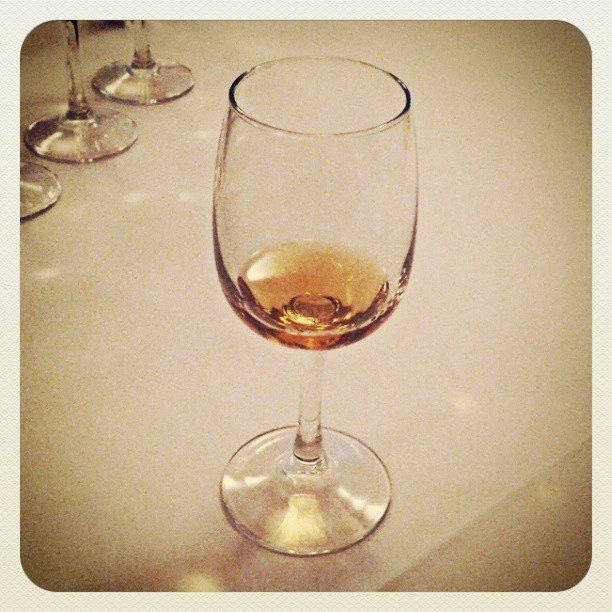
Tequila is a craft that developed over several centuries during which cultural fusion evolved into tradition. It deserves your respect. Here's a few guidelines that can help you enjoy it much more this Cinco de Mayo.
Would you try to eat a burger in one bite? Chug a coffee in one gulp? If you answered "no" to these questions, then there's no reason to throw back your tequila one stomach-turning shot at a time in a misguided effort to get wasted more quickly. Rest assured, if you sip tequila long enough, you'll get drunk. The science on this point is irrefutable.
Even before taking your first sip, taking a couple whiffs will help you learn about as much about the tequila as tasting it. Flavors are, after all, defined by aromas.
If you like lime and salt with your tequila, by all means, go for it. But if you're just sprinkling salt on your hand and squirting limes into your mouth because you think you're supposed to, consider this: the salt and lime tradition developed to mask the taste of low quality tequila. Good tequila -- which does not necessarily mean outrageously expensive tequila -- stands alone.
If you know you're going to be drinking hefty amounts of tequila, eat a solid meal and drink lots of water.
Tequila comes in three main styles, defined by the amount of time they spend aging in oak barrels -- blanco, reposado, and añejo. Blanco, or white, is what the spirit is like hot off the stills, with no barrel aging (though some may see the inside of a barrel for up to two months). Agave is a delicate base for distilling liquor, and many purists believe that blanco tequilas best express the unique, vegetal flavor of the plant. Reposados are "rested" for between two months to a year, often in ex-bourbon barrels, adding a light layer of flavors like caramel, butterscotch and vanilla into the mix. Añejos spend more than a year aging, which tends to mute the agave flavor, producing a tequila comparable on some level to whiskey. As with any liquor, expect the price to rise for tequila that has spent more time aging.
Solid, widely available economical brands include Espolón, available in both blanco and reposado. At around $20 a bottle, this is a quality sipping tequila that you won't have a problem throwing in a margarita if that's your deal. Corralejo is another reliable brand in this category.
Stepping up a notch, you have brands like Fortaleza, made on a smaller scale with traditional methods, like the use of the tahoma, a massive revolving stone wheel, to mill the roasted agave. (View below)
The widely available Herradura is another quality brand in this range, along with Chinaco. All three companies produce blancos, reposados and añejos.
Those with deeper pockets might want to explore the phenomenon of single estate tequilas bottled by Tequila Ocho, throw down for a bottle of José Cuervo's top of the line "De La Familia" bottling, or take a look at the evolving "extra añejo" style of tequila, aged for more than three years, from brands like Fuenteseca.
No matter what tequila you're buying, make sure to look for 100 percent agave. By law, tequila only has to be made with 51 percent agave, which allows producers the option of using distillate from other sources, usually sugar cane, to fill it out. Such blended tequilas, or mixtos, are widely viewed as poor quality, hangover-inducing products.
Happy Cinco de Mayo!

